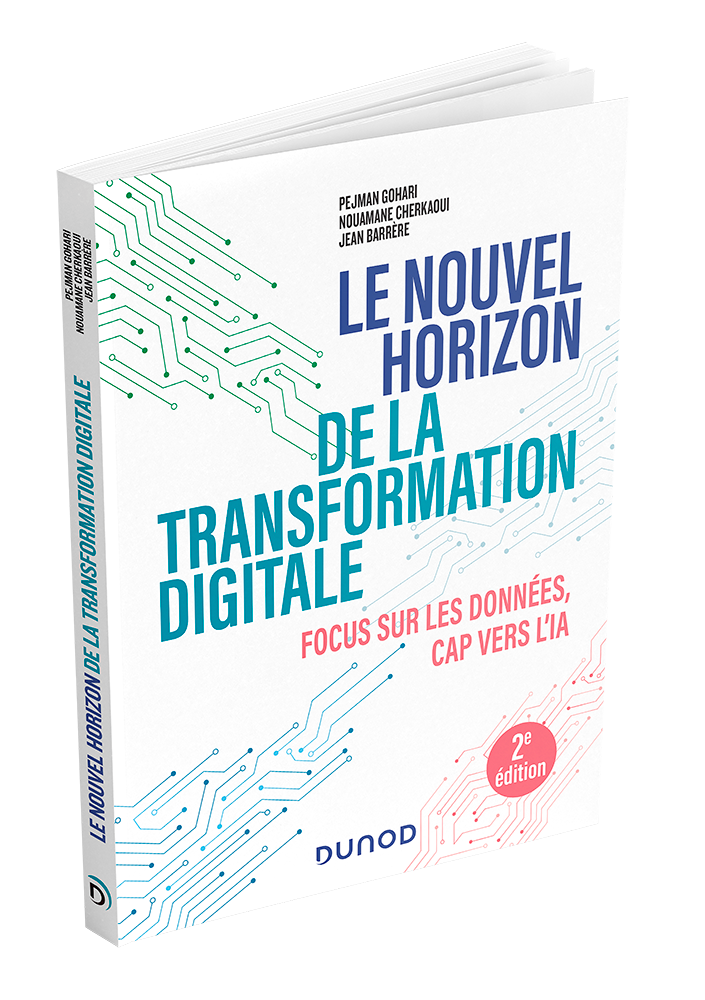AI Buzz and Failure or Success? : How Some Companies Successfully Shape this New Paradigm
Navigating the World of AI: Cutting Through the Buzz and Building a Coherent Strategy
Artificial intelligence (AI) is at the forefront of strategic discussions in modern enterprises. Behind the media hype and promises of revolution, the reality of AI projects is often more complex. Many organizations are pouring billions into AI without a clear strategy, hoping for quick returns that rarely materialize. This article seeks to clarify the current state of AI in business, examine critical strategic choices, and provide a practical guide for integrating AI effectively and sustainably.
The Reality of AI Projects in Business
A MIT Sloan Management Review study found that only 10% of companies achieve significant value from their AI investments. The obstacles are numerous:
- Poor data quality: Without reliable data, AI algorithms cannot deliver relevant results.
- Lack of internal skills: AI requires specialized talent that is difficult to recruit and retain.
- Unrealistic expectations: Companies often overestimate what AI can achieve in the short term.
- Absence of a clear strategy: Implementing AI without aligning it with business objectives leads to scattered, inefficient initiatives.
Early Adopter or Late Adopter: A Crucial Strategic Choice
Being an Early Adopter
- Accelerating Learning: By adopting AI early, companies quickly turn theory into practice, gaining valuable experience.
- Developing Internal Talent: Teams are faced with new challenges, fostering innovation and creativity.
- Creating a Competitive Advantage: Those who master AI first can differentiate themselves in the market.
However, this comes with more potential failures and costly lessons. But these internal failures enrich the organization, unlike buying off-the-shelf solutions, which don’t create lasting in-house expertise.
Being a Late Adopter
- Reducing Risks: Waiting allows companies to learn from others' mistakes and adopt more mature technologies.
- Accessing Proven Solutions: Tools and methodologies are already tested and optimized.
However, this approach often leads to outsourcing expertise. Companies become dependent on external consultants, limiting the impact on internal talent and culture.
Deciding Who Will Lead the Transformation
The key question is: Do you want your AI transformation to be driven by your own talent or by external consultants? Investing in your teams fosters a culture of innovation and ensures better adoption of AI technologies.
Strategic Investment vs. Massive Spending
Rather than succumbing to the pressure to invest heavily, it is crucial to:
- Establish a Clear Strategy: Align AI initiatives with business goals to avoid unnecessary spending.
- Prioritize High-Impact Use Cases: Focus on projects that deliver measurable value.
- Develop Internal Skills: Invest in training to build sustainable expertise.
- Adopt an Agile Approach: Test, learn, and adapt quickly to optimize outcomes.
Failure as a Stepping Stone to Success
Failures are inevitable but invaluable. They allow organizations to identify gaps and improve approaches. Amazon, for example, experienced several product failures, such as the Fire Phone. Instead of slowing down innovation, these failures led Amazon to double down on the Alexa voice assistant and Echo smart speakers, which became major commercial successes.
By internalizing these lessons, companies strengthen their resilience and adaptability, critical assets in a rapidly evolving technological landscape.
Successful AI adoption is not about massive spending or rushing to be first at any cost. It hinges on a thoughtful and coherent strategy. By investing in your internal talent and accepting failure as part of the learning process, you build a more resilient and innovative organization.
The fundamental question is: Who will lead your AI transformation? By empowering your own teams, you not only ensure the success of your current projects but also prepare your organization to tackle future challenges in an ever-evolving world.
PRACTICAL GUIDE: Integrating AI Effectively
| Step 1: | Define a Clear Strategic Vision - Align with Business Goals: Identify how AI can support your mission and strategic objectives. - Prioritize Use Cases: Select projects where AI can have a measurable short-term impact. |
| Step 2: | Assess and Prepare Internal Resources - Data Audit: Ensure you have reliable and accessible data. - Internal Skills: Identify existing competencies and gaps. - Technology Infrastructure: Confirm your infrastructure can support AI initiatives. |
| Step 3: | Invest in Talent - Training and Development: Offer AI and data science training programs. - Strategic Hiring: Attract AI experts. - Learning Communities: Encourage knowledge sharing through workshops and workgroups. |
| Step 4: | Launch Pilot Projects - Select Low-Risk Initiatives: Choose projects for rapid learning. - Agile Approach: Adopt short cycles to test and adjust solutions. - Engage Stakeholders: Ensure teams actively participate. |
| Step 5: | Measure, Learn, and Adjust - Set Clear KPIs: Measure performance. - Continuous Feedback: Collect user feedback. - Documentation: Record learnings to facilitate replication and improvements. |
| Step 6: | Scale and Integrate - Plan for Deployment: Broader integration across the organization. - Change Management: Guide teams through the transition. - Ongoing Evaluation: Monitor performance and adjust strategies. |
|
Licence: This article is published under the MIT Licence.



